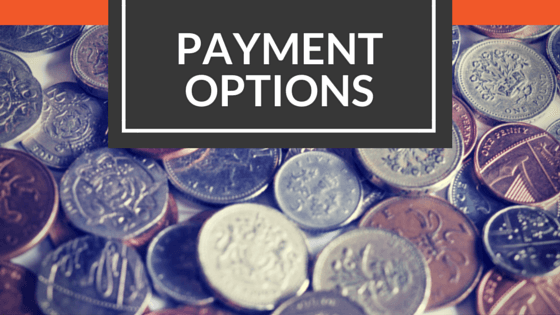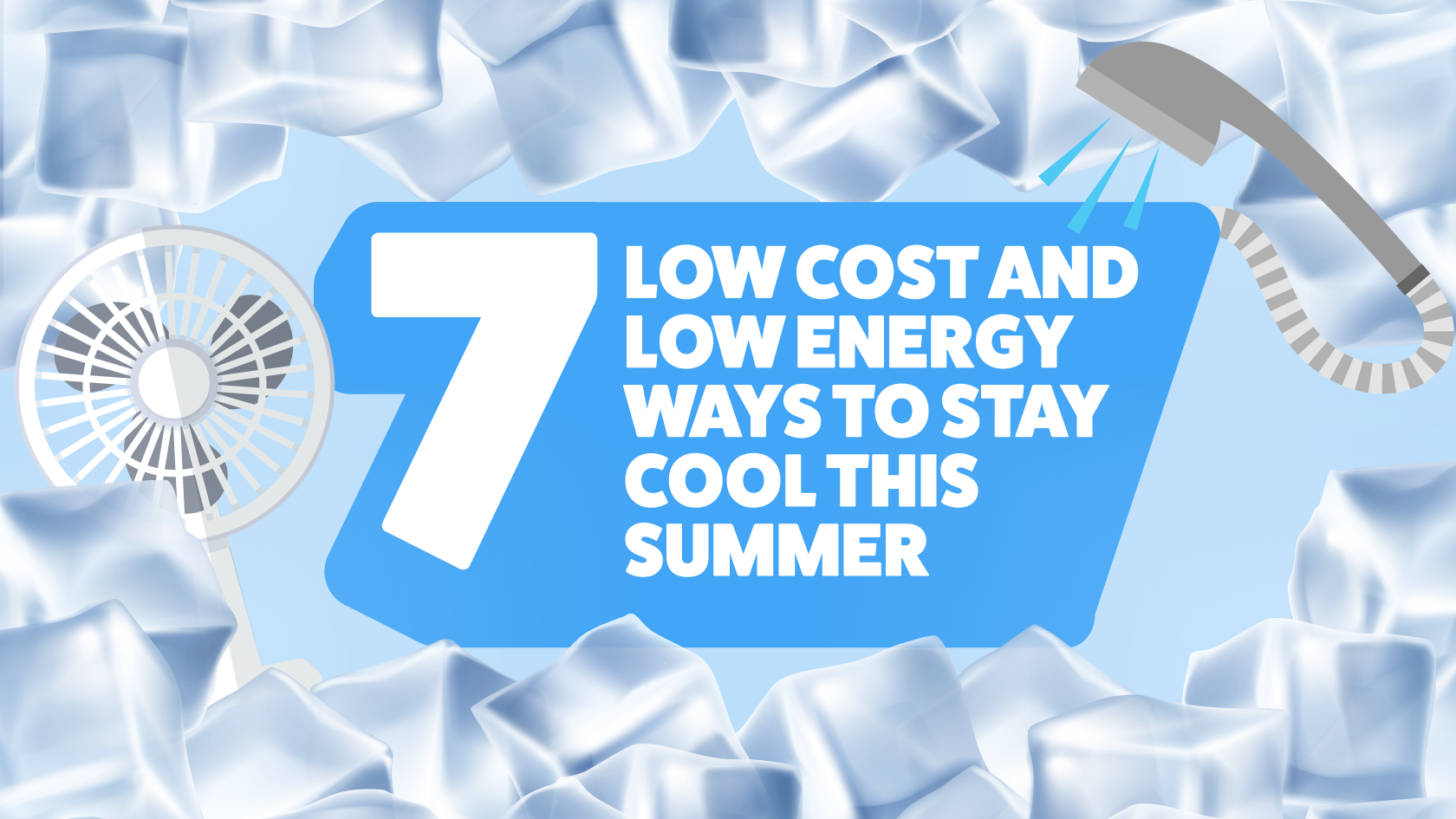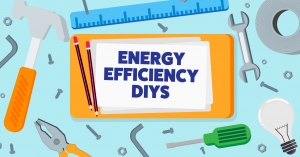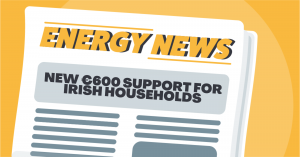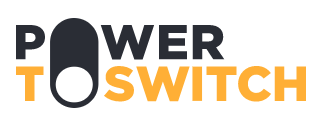Although we all have to pay for the energy we use there are choices on how we pay. Electricity and gas suppliers offer a range of payment methods so choose the one which suits you best. But remember energy companies often offer better rates for certain payment and billing methods such as direct debit or online billing.
This short guide sets out the main payment methods that are available.
1. Direct Debit
Direct Debit are regular payments direct from your bank account to your energy supplier. Paying by Direct Debit means that you can often choose the date of payment, so you can arrange payments to come out at a time which suits you best. Most energy companies provide a discount for choosing to pay by direct debit.
Often there are a number of ways to pay by direct debit so it is worth checking with the energy company for further information:
Monthly Direct Debit
Monthly Direct Debit means you pay an agreed, set amount each month throughout the year. Your energy supplier will estimate how much you are likely to spend over the coming year (based on your tariff and previous consumption) and split this across monthly instalments. Most energy companies will provide a discount for this payment method.
It helps spread the cost of energy out over the year – you use less energy in the summer than winter so a fixed monthly amount helps flatten out the cost over the year. But it is important to check your bills regularly to make sure you are paying enough and not getting into debt.
Variable Monthly Direct Debit
It is possible to set up a direct debit for just the amount you owe each month. As you only pay for what you use each month, the amount taken from your bank will be different with each payment.
This avoids any issues with over or underpaying – as long as you supply your meter readings on a monthly basis, either online or over the phone, to make sure you are billed correctly. However you will pay more during the winter months and less in the summer as the bill will not be spread out over the year so you will need to budget for this.
Quarterly Direct Debit
Quarterly direct debit payment means that you will receive a bill every three months, and the amount will be taken straight out of your bank. The amount you have to pay will be higher compared to monthly billing as it covers three months, and its likely bills covering the winter period will be higher than summer.
Making sure that the bill is based on regular meter readings to make sure you are only paying for what you use though, which will stop debt building up, or too much money being taken out.
2. Quarterly (On receipt of bill)
Some people prefer to pay quarterly on receipt of an online or postal bill. You receive a bill every three months and have to pay it by a certain date. Bills may be estimated or based on the actual energy you have used.
A range of payment options are usually available. These include paying online via the energy suppliers website, or over the phone using your credit or debit card. Some energy companies allow you to register an online account to help with payments, monitor energy usage and submit meter readings.
You can also pay quarterly bills by posting a cheque to your supplier. Alternatively, you can take the payment slip at the bottom of your bill to your bank or post office and pay over the counter. Some energy suppliers will also allow you to make payments at Payzone or Paypoint outlets.
Compared to direct debit or prepayment methods paying on receipt of bill usually attracts the least discount from energy companies.
3. Prepayment (Pay As You Go)
As the name suggests with Prepayment tariffs (PAYG) you must pay for your energy before you use it. Payment usually takes the form of ‘topping-up’ via online, app or by telephone from the supplier or by using a card at at a range of locations such as shops and post offices.
Paying upfront for energy on a prepayment meter means no unexpected bills, and it can be helpful to pay for your energy as you use – it can also help track and monitor your energy usage.If you run out of credit at an inconvenient time for example in the evening or weekend most suppliers provide ’emergency credit’ so you will continue to be supplied with gas or electricity (e.g. €5 credit) allowing time for you to buy a top-up. The emergency credit is then repaid when you next top up.
The difference across the island of Ireland in terms of PrePayment tariffs is quite a story in itself. In Northern Ireland the use of PAYG tariffs is widespread with all suppliers offering these across gas and electricity tariffs – 44% of domestic electricity customers and over 70% of domestic gas customers are on PAYG tariffs.
There are currently three suppliers of prepay electricity in Ireland. These are PrePayPower.ie, Pinergy and Electric Ireland. Prices are based off of standard electricity unit rates but you also have to pay a prepayment meter charge on top of your standing charge which can add up, meaning your overall bill when all is added in can end up costing more.
All in all it would seem that PAYG tariffs are more of a lifestyle choice in the Republic of Ireland rather than a more widespread option as currently is the case in Northern Ireland,
